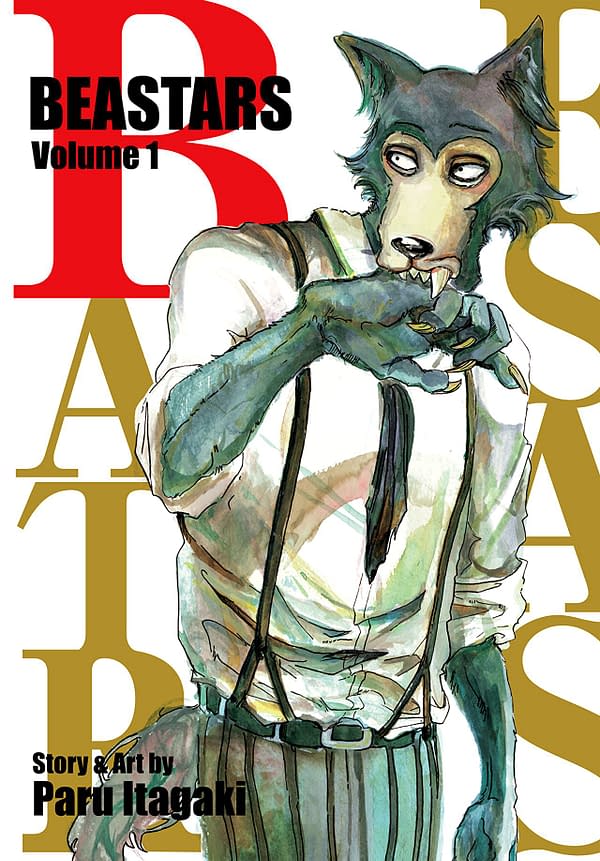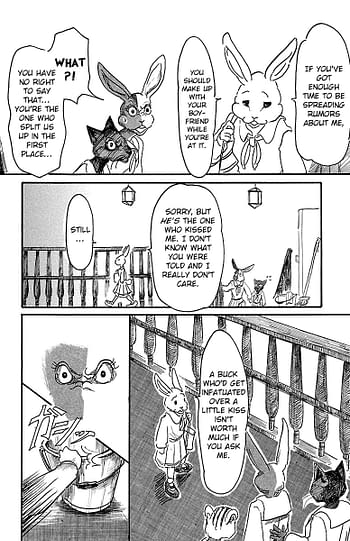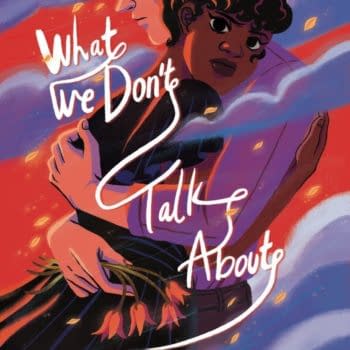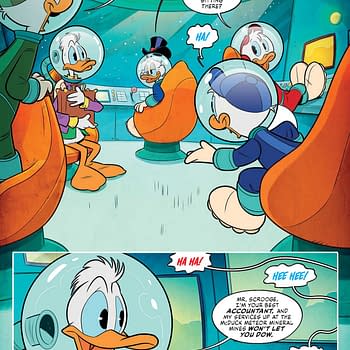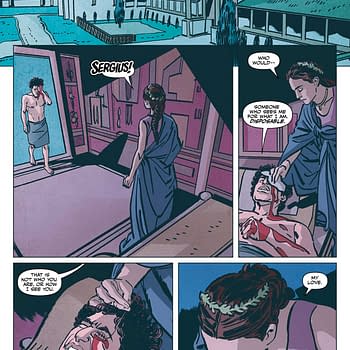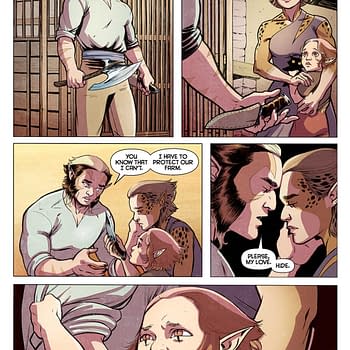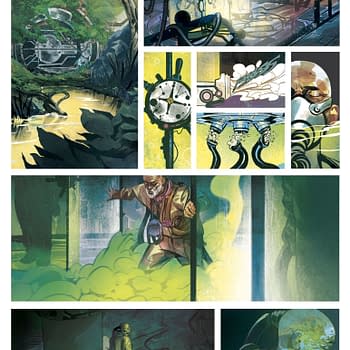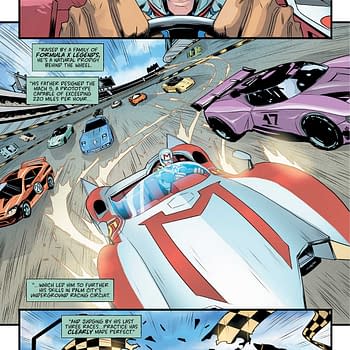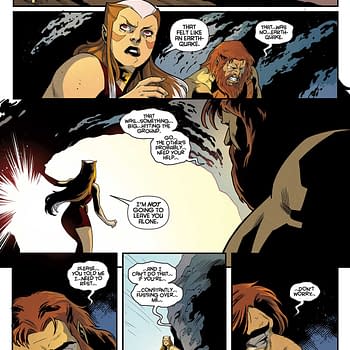Posted in: Comics, Review | Tagged: beastars, manga, Paru Itagaki
Beastars Vol 1 – Predators vs. Prey at the Cherryton Academy [Review]
[rwp_box_recap id="0"]
The Cherryton Academy is a typical school with not-so-typical students. At the particular institution, the scholars are split into two very specific classes; predator and prey. The anthropomorphic divide spreads even further in this story written and illustrated by the very talented Paru Itagaki, being the first Akita Shogen to ever win the prestigious Manga Taishō Award (think the Eisner, but for newer manga titles).
In this world, eating meat is a felony, so when the opening pages show an alpaca boy named Ten chased down and devoured in the middle of the night, the already strained relationships between the classes becomes even more noticeable. With most carnivores being a suspect, the timid and lone wolf Legoshi stands out amongst the students as a primary suspect. Despite being a friend of Tem, Legoshi would rather accept his designation rather than change it.
As a member of the Drama Club, Tem's death leaves an incredible void with his companions who struggle to fill the void of their friend and peer. Sad that the loss of his familiar seems to have left such little impact on his classmates, Legoshi throws himself into the upcoming play Tem was slated to co-star in. In these moments, Itagaki explores this world and expands on her unique character creations; Louis, a red deer and leader of the drama club, is an egomaniac who pushes others to help him achieve high status and prestige in the school. Kai, a mongoose and understudy for Tem, is furious with the Drama Club when instead of replacing his dead friend's role, is demoted to a stage hand. And finally, Haru is a white dwarf rabbit who struggles with the labels of promiscuity while simultaneously being reduced to a victim because of her taxonomic family.
While Itagaki successfully wrote and perfected this narrative, the layers on layers of subtext are enough to leave a striking emotional impact at the end of Volume 1. The name of the play, Adler, even lends its namesake to Alfred Adler- whose entire career narrative revolved around the inferiority complex and its relation to personality development. This theory comes to light in the concept of the Beastar itself, this specific world's idea of the Übermensch: an individual who transcends their role of predator/prey and becomes the embodiment of moral perfection. Some of the students, specifically Louis, are consistently striving to be this Beastar even to the point of scheming and manipulation.
The highlight of this manga was primarily Haru's commentary about being ostracized because she's been pigeonholed into a promiscuous typecast. Stuck in the catch-22 of boys wanting to date her because of her vulnerable stature, they come to realize she's more than her Dwarf Rabbit stereotypes and leave her, further perpetuating the idea that she's sexually indiscriminate. In a specifically heartbreaking panel, she delivers the line:
"I haven't ever loved and lost. I've always just been food to all the boys."
Ultimately, Beastar has had the largest impact from any other title I have reviewed this year. Viewing the different animals in their class systems is interesting enough, but with the added element of a murder mystery, Itagaki has created a true work of art cover to cover. Not only can I speak highly enough about the writing, but the illustrations on every panel emote raw emotion and power. Even without words, Cherryton Academy's students are rendered so beautifully that each one is instantly recognizable and the story flows effortlessly with the art.
Beastars Volume 1 is scheduled to release mid-July, which gives anyone interested enough time to reach out to their local comic shop and get this set aside for their hold box. The only downside I can think of is that we all have to wait until September to find out what happens next…


